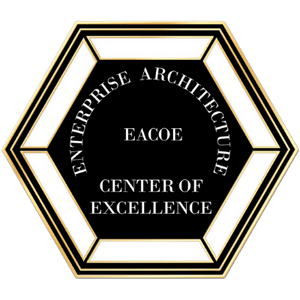Architecting for the Cloud, and the Cloud Repatriation Movement
Join us live November 12, 2025, at 1:00 PM EST (UTC-4)
The cloud is discussed as the potential for better technology and business agility, but moving computing resources has two sides. IT leaders learn that running applications in the cloud costs more than on-premises and adds complexity and security concerns not fully appreciated in the “rush” to the cloud, leading them to rethink strategies and bring applications back in-house.
We outline our EACOE Enterprise Architecture analysis approach on rationalizing cloud/in-house strategies.
For weekly broadcasts, follow and listen to “Real Talk with Sam Holcman” on your favorite podcast streaming platform:
Sign up for our email newsletter for notifications on upcoming events:


